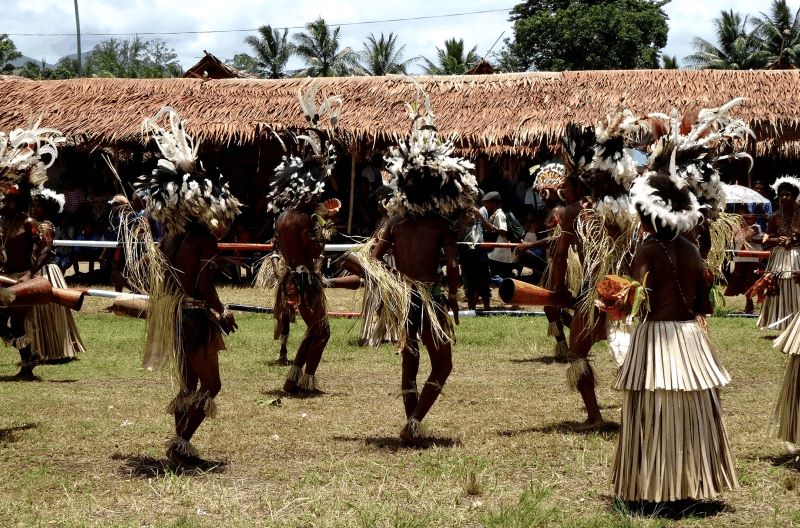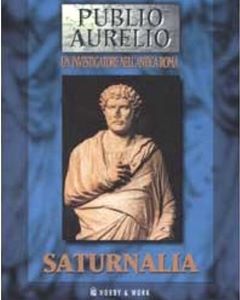Teddy Talks
Toki Pona and Tok Pisin

|
Toki Pona and Tok Pisin 
What comes to your mind when you see these two words? Do you think that they are languages from the same country? Both have the acronyms of TP, so they should be related, right? I have learnt both languages separately at different time, and my choice of learning one does not affect the decision to learn the other one. Whether they are related or no, the answer could be yes and no, let me tell you more. Toki Pona: The Language of Good "Created", you say?! Right, Toki Pona is a constructed language (conlang) created by a Canadian linguist named Sonja Lang, and it was introduced in 2001. The creation of Toki Pona is inspired by Taoist philosophy, which focuses on simple concepts to express maximal meaning with minimal complexity. Believe it or not, it has only 120 words (this number does not include loanwords, such as names). Now, let’s take a look at the next language.  Tok Pisin: The Language of Papua New Guinea (PNG) If you know English quite well, Tok Pisin can be extremely easy for you to learn. I started to learn Tok Pisin at the end of March. Much to my surprise, Toki Pona helped me in learning Tok Pisin. In other words, I see similarities that are incorporated into Tok Pisin and Toki Pona. How do Toki Pona and Tok Pisin resemble each other? A "house" in Toki Pona is "tomo", a car is "tomo tawa". You see there is an extra word of "tawa" that means "to move, moving, or anything related with motion". So, "tomo tawa" actually means "moving house" or "car", with the adjective comes after the noun. "Laik" is a verb in Tok Pisin means "to like, to want, to love". When you use this word with an object, the verb gets a suffix "-im", for instance "mi laikim yu tumas" means "I like you very much". You can also notice that "tumas" sounds like "too much" but here, it means "very much", which is still pretty similar. Many words in Tok Pisin are pronounced the same or similar with its corresponding words in English but written as how it is pronounced. What I mean here is when OO in English is pronounced as U, it is written as U in Tok Pisin. 2. Grammar Compare these sentences that mean "He is a good person". (Tok Pisin) The possessive pronoun comes after the noun in both Toki Pona and Tok Pisin. Tok Pisin puts an extra word of "bilong" in between the noun and pronoun. Guess what, "bilong" is "belong" in English but written as how it is pronounced. For example, here are the translation of "my house". (Toki Pona) (Tok Pisin)  3. Limited Vocabulary 4. Resources A. Dictionary B. Articles C. Songs Teddy is an avid language learner, blogger, engineer, and a collector. He has a dream to make this world a better place through language learning. Apart from learning languages, he also likes reading and playing ukulele. You can speak with him in Medan Hokkien, Indonesian, English, Chinese Mandarin, Spanish, and Esperanto. Visit his blog at www.neeslanguageblog.com |
| Teddy Talks - Toki Pona and Tok Pisin | |||
| Writer: | Teddy Nee | ||
| Images: | |||
| |||
All images are Copyright - CC BY-SA (Creative Commons Share Alike) by their respective owners, except for Petey, which is Public Domain (PD) or unless otherwise noted.
comments powered by Disqus


















